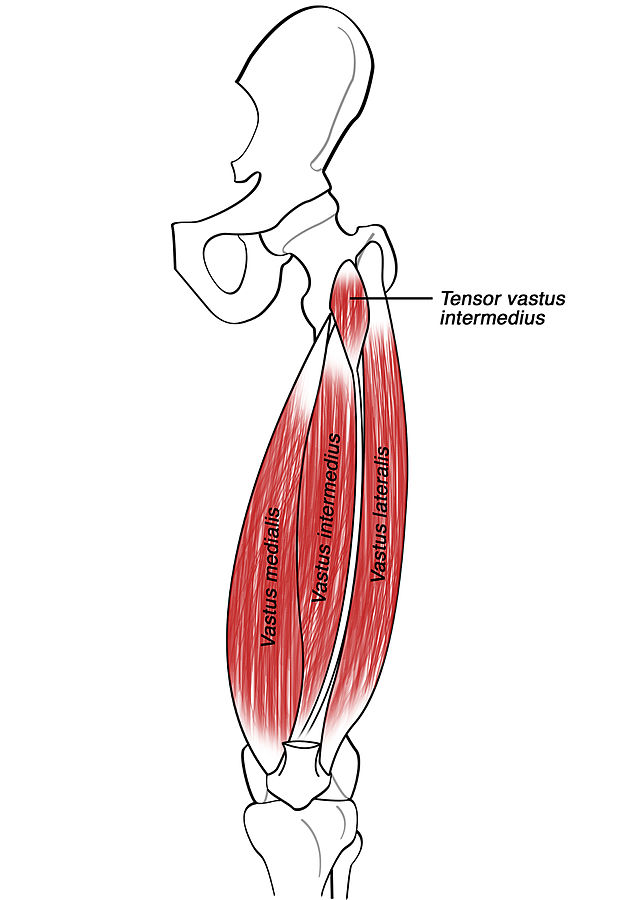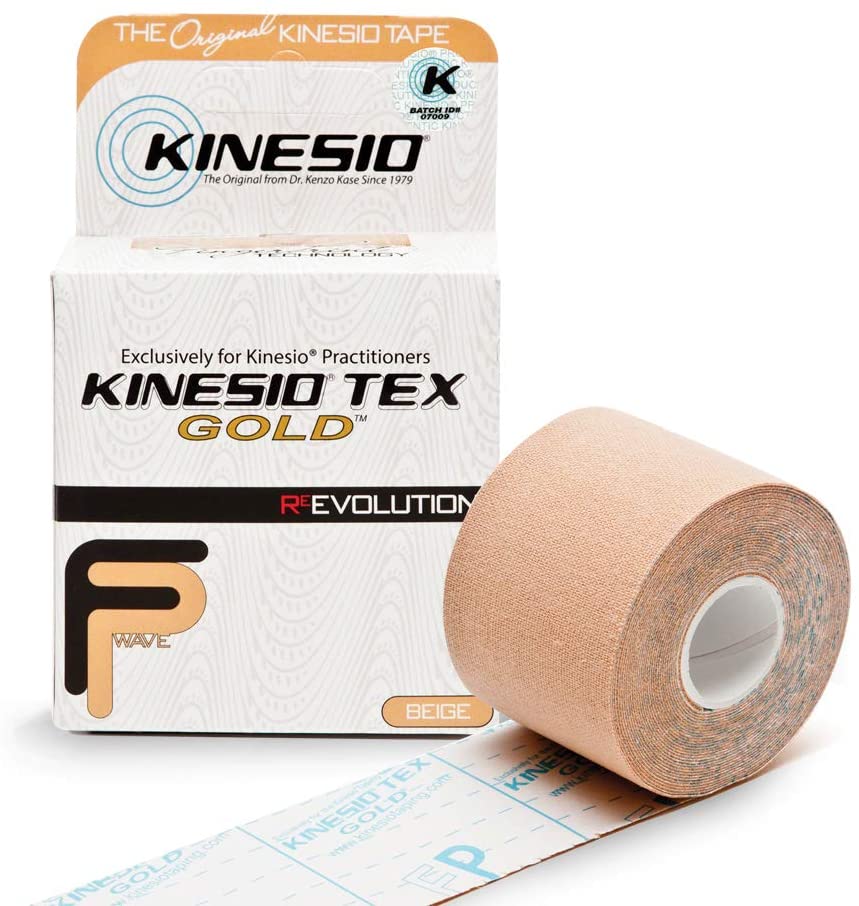Hi everyone!
Something that comes up pretty often when people reach out to me is a knee condition called chondromalacia patellae (also sometimes called patellofemoral pain syndrome).
As you may know, I was struggling with chondromalacia patellae in both knees when I first developed SI joint dysfunction.
It seems to me that the two can go together pretty often, because both can be caused by muscle weakness and abnormal gait patterns. (So one can cause symptoms that will lead to the other).
Since people ask me so often how I healed my knees, I thought it was high time I address this question in its own post.
What is chrondromalacia patella?
In a nutshell, the term means “inflammation of the cartilage of the patella.”
It’s caused when the patella, or kneecap, doesn’t follow normal motion patterns as you move your leg. Often, this is because the muscles surrounding it are weak, or imbalanced (meaning some muscles are significantly stronger than others, and pulling on it unevenly).
As you move, the kneecap ends up moving around and scraping the cartilage underneath it.
Sometimes, this can create permanent damage to the cartilage that requires surgery. This is, of course, more common in people who perform prolonged, high-impact activities (for example, it can be pretty common in runners).
In my case
For me, x-ray showed that, although there was inflammation to the cartilage in the knee, no permanent damage had occurred.
This is because, in my case, the inflammation hadn’t been caused by activity, as much as it had by muscle weakness– specifically, weakness of the quadriceps muscle.
The quadriceps muscle is actually a name for a group of the three major muscles that make you your thigh. When these muscles are strong and balanced, they help ensure the kneecap maintains proper alignment:

When these muscles are weak or imbalanced, the kneecap can be pulled more to one side than another, which is what creates this pain and inflammation.
So luckily, in my case, I just had to strengthen my quads (as well as do everything I could to help the existing inflammation go down).
How did I do this?
My physical therapist helped me a lot with my knees. (She had no idea what she was doing for the SI joint, but at least my knees got better). Knee issues are much more widely recognized than SI joint dysfunction, so it’s much easier to find a physical therapist who knows what they’re doing.
Kristen helped me with some manual techniques, using her hands to gently move my kneecap into place and also to loosen the muscles around it.
The most important thing she did for me, however, was to introduce me to Kinesiotape. This form of knee taping made all the difference in the world, and now I highly recommend it to anyone with knee issues.
People often confuse Kinesiotape with KT tape, or other forms of taping. However, Kristen let me try all of them and I found that Kinesiotape really was the only one that did any good.
You do need a trained physical therapist to show you how to apply it– it’s important that you put the tape on with exactly the right tension, because it works with your muscle reflexes.
However, once you’re confident in doing it on your own, you can actually just buy your own roll and be on your merry way (I usually get mine from Amazon).
This is the technique that Kirsten taught me, and honestly, I think it’s better than all the rest:
Strengthening
Of course, the key to long term recovery for me, and for anyone, is going to be to strengthen the quadriceps muscles. That’s how you make sure that, in the long term, the kneecap stays in place, and you won’t need to keep taping it.
I was caught in a Catch-22 at the time, because I couldn’t do much exercise because of my SI joints.
However, once I joined a pool and started exercising there regularly, my knee problems eventually just faded away. I wasn’t really having any knee pain any more, as long as I kept my knees taped, so I was doing exercises more specifically to target my SI joints.
However, just being in the pool and doing my pool running strengthened my quads enough that eventually I stopped needing to tape my knees at all.
My chondromalacia patella healed after about 6 months, and luckily, it’s never come back. (Granted, I’ve never gone back to running, but it’s been okay with the relatively easy 1-2 hour hikes I do).
The easiest quadriceps exercise
If you can’t get to a pool, don’t worry! You can start strengthening the quads with this very easy exercise (although, with anything I recommend, the best thing for you to do is find a qualified physical therapist to show you how to do it in person. This is just for ideas!).
Okay, this was a super long post…
But I hope it was helpful!
I’m now offering coaching calls for readers of my blog. If you’d like to chat about your situation, please feel free to book a session! I’d love to speak with you. 🙂
Quadriceps picture courtesy of Athikhun.suw via Wikipedia

Hi, I hurt my left knee in may 2020 while doing squating excerise. I just presumed it’s the excerise that caused and ignored it. Later I realised I was not able to workout or do any knee related excerises. I experienced trouble discomfort while climbing up and down stairs and even squatting. I thereafter stopped excerising. It’s much better now. Only intermittently I have trouble now. Will it be resolved completely or should I get a scan for it.???
LikeLike
Hi Janet, I’m so sorry for the delayed response. (I was having an issue with notifications on this site for a while).
I hope you are doing better now, but I wanted to answer you anyway. In cases like yours I definitely recommend checking in with a specialist, such as an orthopedist, to see if they think a scan is indicated. It sounds like the initial inflammation has been calming down, but it’s always good just to be sure.
Hope this helps!
LikeLike
Hi Christy! Awesome post – what type of swimming/ aerobics did you do in the pool?
LikeLike
Hi there! I definitely need to write more about my pool exercises. For this, I mostly did “pool running,” using a floatation vest so my legs were hanging beneath me in the deep end. I also liked to stand on a pool noodle and balance on one leg. Hope this helps!
LikeLike
What do you think of this Youtube channel’s view that quads being too strong relative to the glutes causes knee problems, such as this and knee osteoarthritis? Basically, he says you shouldn’t strengthen quads unless you are rehabbing from a surgery and should focus on the glutes.
https://www.youtube.com/watch?v=J5MVYp9un0I&list=PLJVIPiFvv1mah5PV-1Y-fv1UHrmbqnXQE&index=4
LikeLike
Hi, sadly I think that sounds like an oversimplification. What he says might be true for some patients but I don’t think it’s one-size-fits-all. I know for a fact my quads were extremely weak when I began PT, and I also fit the classic pattern of having a weaker VMO (inner quad muscle) compared to the outer muscles. I also benefited when I began doing isometric quad squeezes.
Sometimes you can’t really make a distinction between a tight muscle and a weak muscle. Muscles get tight over time from overuse- and that makes them weaker.
LikeLiked by 1 person